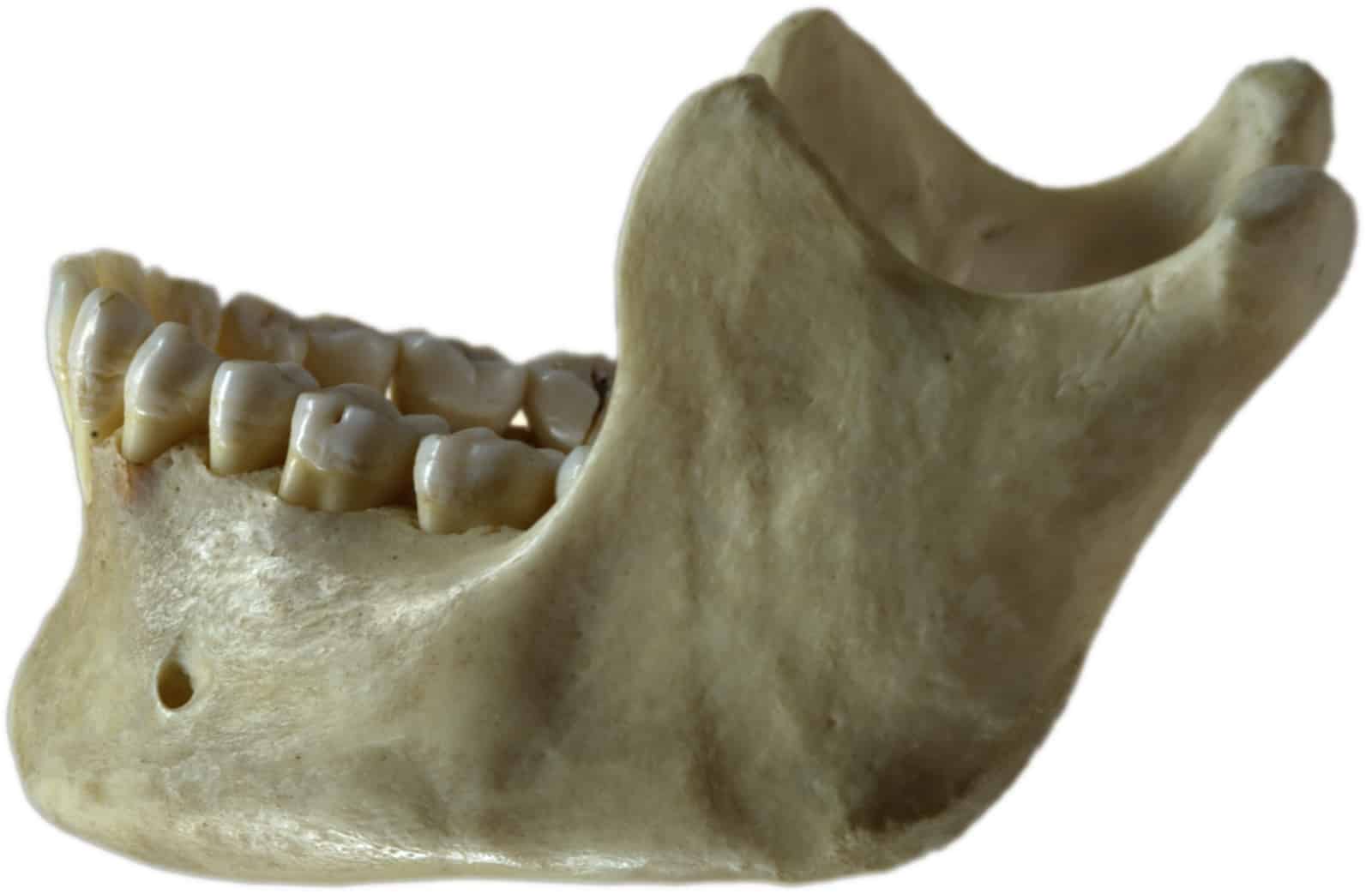Are you considering jaw revision surgery? Wondering what the future holds for this transformative procedure? Look no further. In this article, we’ll delve into the top trends that will shape the future of jaw revision surgery. From advancements in technology to innovative surgical techniques, there are exciting developments on the horizon.
One prominent trend is the use of 3D printing technology in jaw revision surgery. This cutting-edge technology allows surgeons to create custom implants and prosthetics, ensuring a better fit and a more natural outcome. Additionally, virtual reality and augmented reality are revolutionizing the way surgeons plan and perform these complex surgeries.
Another trend to watch out for is the rise of minimally invasive techniques. These procedures offer several benefits, including reduced scarring, shorter recovery times, and improved patient comfort. Surgeons are exploring new ways to reshape the jaw without the need for traditional open surgery, resulting in less post-operative pain and faster return to normal activities.
Stay tuned as we explore these and other exciting trends that are shaping the future of jaw revision surgery. Exciting times lie ahead for those seeking to improve their oral health and facial aesthetics. Get ready to transform your smile and regain your confidence!
Traditional approaches to jaw revision surgery
In the past, jaw revision surgery often involved invasive procedures and lengthy recovery times. Surgeons would make large incisions and use manual tools to reshape the jaw. While effective, these traditional approaches had their limitations. Patients often experienced significant pain and discomfort after surgery, and the visible scarring could impact their self-esteem.
The rise of minimally invasive techniques
Fortunately, advancements in medical technology have paved the way for minimally invasive techniques in jaw revision surgery. These procedures offer several benefits, including reduced scarring, shorter recovery times, and improved patient comfort. Surgeons are exploring new ways to reshape the jaw without the need for traditional open surgery, resulting in less post-operative pain and faster return to normal activities.
One such technique gaining popularity is the use of endoscopic jaw revision surgery. This procedure involves making small incisions and using a tiny camera to guide the surgical instruments. Surgeons can visualize the jaw structures in real-time, allowing for precise adjustments while minimizing trauma to surrounding tissues. Patients who undergo endoscopic jaw revision surgery experience less pain, swelling, and scarring compared to traditional approaches.
Another minimally invasive technique gaining traction is the use of injectable fillers to enhance the shape and contour of the jaw. Dermal fillers, such as hyaluronic acid, can be strategically injected into specific areas of the jaw to create a more balanced and defined appearance. This non-surgical option is ideal for those who want to improve the aesthetics of their jaw without undergoing a surgical procedure.
Advancements in imaging technology for better planning and outcomes
Accurate planning is crucial for a successful jaw revision surgery. In the past, surgeons relied on 2D imaging techniques, such as X-rays and CT scans, to assess the jaw structure. While helpful, these methods had limitations when it came to visualizing the intricate details of the jaw.
With the advent of advanced imaging technology, such as cone-beam computed tomography (CBCT) and magnetic resonance imaging (MRI), surgeons now have a more comprehensive view of the jaw anatomy. These imaging modalities provide detailed 3D images, allowing surgeons to assess bone density, identify abnormalities, and plan the surgical approach with precision.
Moreover, virtual reality (VR) and augmented reality (AR) are revolutionizing the way surgeons plan and perform jaw revision surgeries. Through the use of VR and AR, surgeons can visualize the patient’s jaw in a virtual environment, enabling them to simulate the surgical procedure and make informed decisions. This technology enhances the surgeon’s ability to plan the surgery, anticipate potential challenges, and achieve optimal outcomes.
3D printing in jaw revision surgery
One prominent trend in jaw revision surgery is the use of 3D printing technology. This cutting-edge technology allows surgeons to create custom implants and prosthetics, ensuring a better fit and a more natural outcome. Traditionally, surgeons would rely on pre-fabricated implants, which may not be an exact match for the patient’s unique jaw structure. With 3D printing, surgeons can create personalized implants that perfectly fit the patient’s jaw, resulting in improved aesthetics and functionality.
The process begins by obtaining a detailed 3D scan of the patient’s jaw. This scan is then used to create a virtual model, which is further refined to design the custom implant. Once the design is finalized, a 3D printer constructs the implant using biocompatible materials. This personalized approach ensures a precise fit, reducing the risk of complications and improving patient satisfaction.
Additionally, 3D printing technology enables the creation of surgical guides that assist surgeons during the procedure. These guides are designed based on the patient’s unique anatomy and help ensure accurate implant placement. With the aid of 3D-printed surgical guides, surgeons can achieve greater precision and efficiency during jaw revision surgeries.
Customized implants and prosthetics
In the past, patients undergoing jaw revision surgery had limited options when it came to implants and prosthetics. Standardized implants were used, which may not have provided the desired aesthetic outcome or functional improvement. However, with the advancements in 3D printing and other manufacturing techniques, customized implants and prosthetics are becoming more accessible.
Customized implants are designed to fit the patient’s unique jaw structure, ensuring optimal aesthetics and functionality. Surgeons can now take into account factors such as bone density, facial symmetry, and individual preferences when designing these implants. The result is a more natural-looking and personalized outcome that meets the patient’s specific needs.
Moreover, advancements in materials science have led to the development of biocompatible and bioresorbable materials for jaw implants. These materials integrate seamlessly with the patient’s jawbone, promoting long-term stability and reducing the risk of complications. Customized implants made from these advanced materials offer improved biomechanical properties and can enhance the overall success of jaw revision surgeries.
The role of robotics in jaw revision surgery
Robotics is another exciting trend that is poised to revolutionize the field of jaw revision surgery. Robotic-assisted surgery offers several advantages, including enhanced precision, reduced invasiveness, and improved patient outcomes. Surgeons can use robotic systems to perform complex procedures with greater accuracy and control, resulting in improved surgical outcomes.
Robotic systems provide surgeons with real-time feedback and the ability to access hard-to-reach areas of the jaw. This technology enhances the surgeon’s dexterity and allows for more precise bone reshaping and implant placement. By combining the surgeon’s expertise with robotic assistance, jaw revision surgeries can be performed with greater efficiency and effectiveness.
Additionally, robotics can improve the training and education of surgeons. Through simulation and virtual reality platforms, surgeons can practice complex surgical techniques in a safe and controlled environment. This allows for better skill development and increases the overall quality of jaw revision surgeries.
Non-surgical alternatives for jaw revision
While surgical procedures are often the go-to option for jaw revision, non-surgical alternatives are gaining popularity. These alternatives offer a less invasive approach and can be suitable for individuals who want to improve their jaw aesthetics without the risks and downtime associated with surgery.
One non-surgical alternative is the use of injectable neurotoxins, such as Botox, to reshape the jawline. By strategically injecting these neurotoxins into the masseter muscle, which is responsible for jaw clenching, the muscle can be relaxed and slimmed down. This results in a more slender and contoured jawline. Injectable fillers, such as hyaluronic acid, can also be used to add volume and definition to specific areas of the jaw.
Another non-surgical option is radiofrequency treatments. These treatments use controlled heat energy to stimulate collagen production and tighten the skin around the jawline. By improving skin laxity and firmness, radiofrequency treatments can enhance the overall appearance of the jaw without the need for surgery.
Post-operative care and recovery
Regardless of the surgical technique used, proper post-operative care and recovery are essential for a successful jaw revision surgery. Surgeons will provide patients with specific instructions on how to care for their jaw after the procedure, including pain management, wound care, and dietary restrictions.
Patients are typically advised to consume a soft-food diet during the recovery period to minimize strain on the jaw. Additionally, they may need to avoid strenuous physical activities and follow a customized exercise regimen to promote healing and prevent complications. Regular follow-up appointments with the surgeon are crucial to monitor the progress of the recovery and address any concerns or questions.
Conclusion: The future of jaw revision surgery and its impact on patients
The future of jaw revision surgery holds tremendous promise for those seeking to improve their oral health and facial aesthetics. Advancements in technology, such as 3D printing and robotics, are revolutionizing the field and leading to more personalized and precise surgical outcomes. Minimally invasive techniques are also gaining traction, offering patients reduced scarring, shorter recovery times, and improved comfort.
With the advent of advanced imaging technology and virtual reality, surgeons can better plan and visualize the surgical procedure, resulting in enhanced surgical outcomes. Non-surgical alternatives are also becoming more prevalent, providing individuals with less invasive options to improve their jaw aesthetics.
As the field of jaw revision surgery continues to evolve, patients can expect improved treatment options, faster recovery times, and enhanced overall satisfaction. The future looks bright for those who wish to transform their smiles and regain their confidence through jaw revision surgery.






